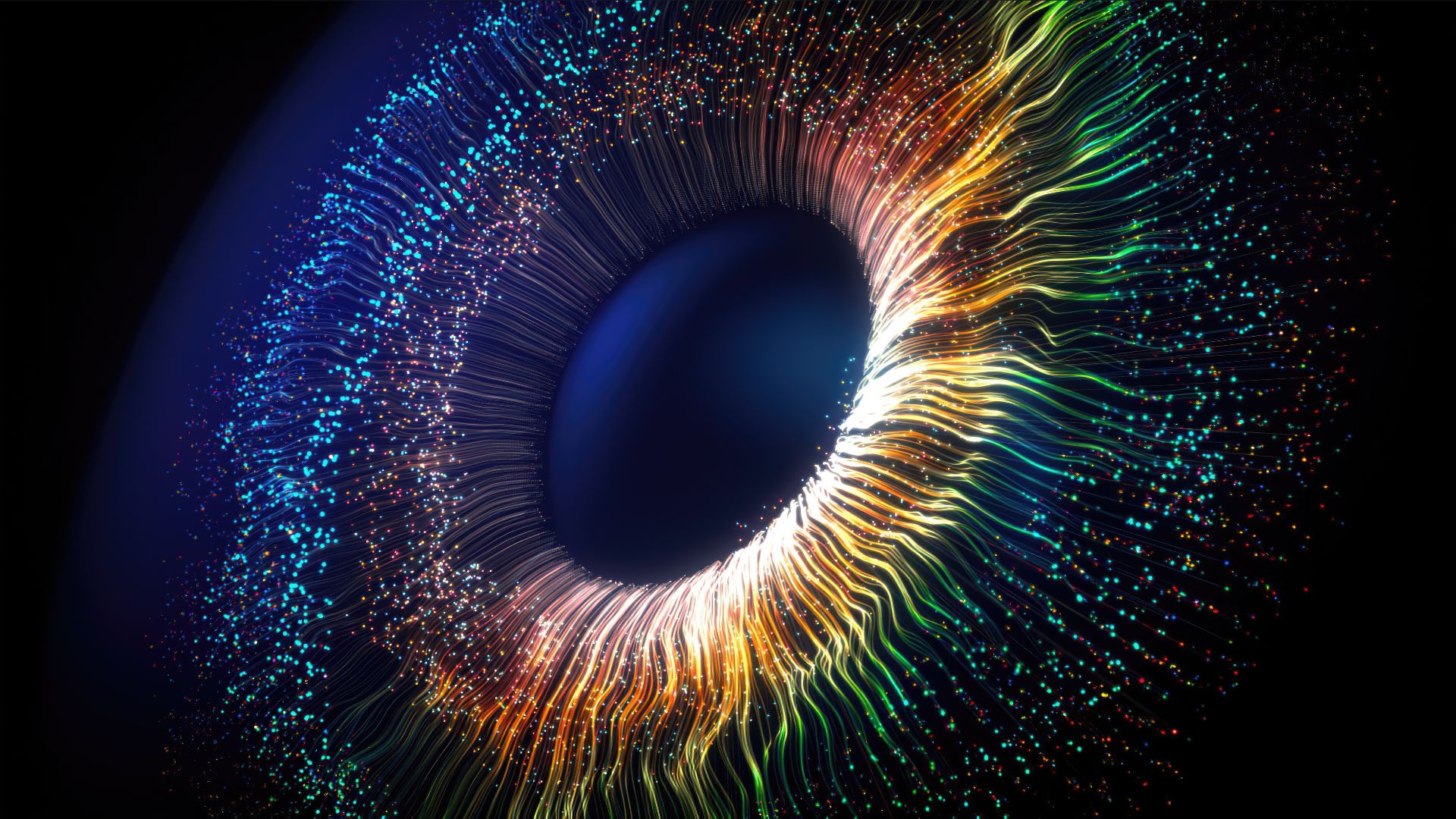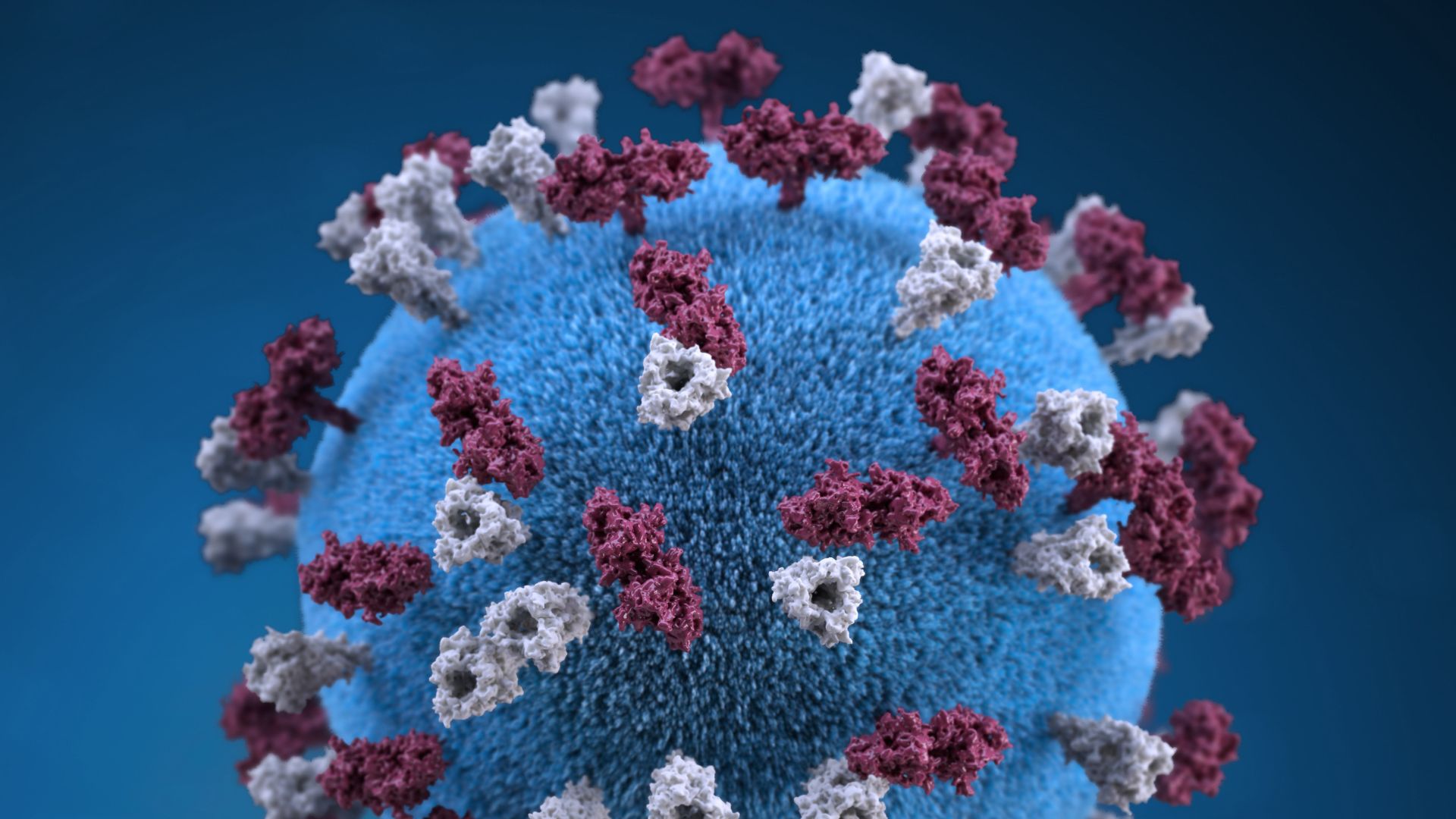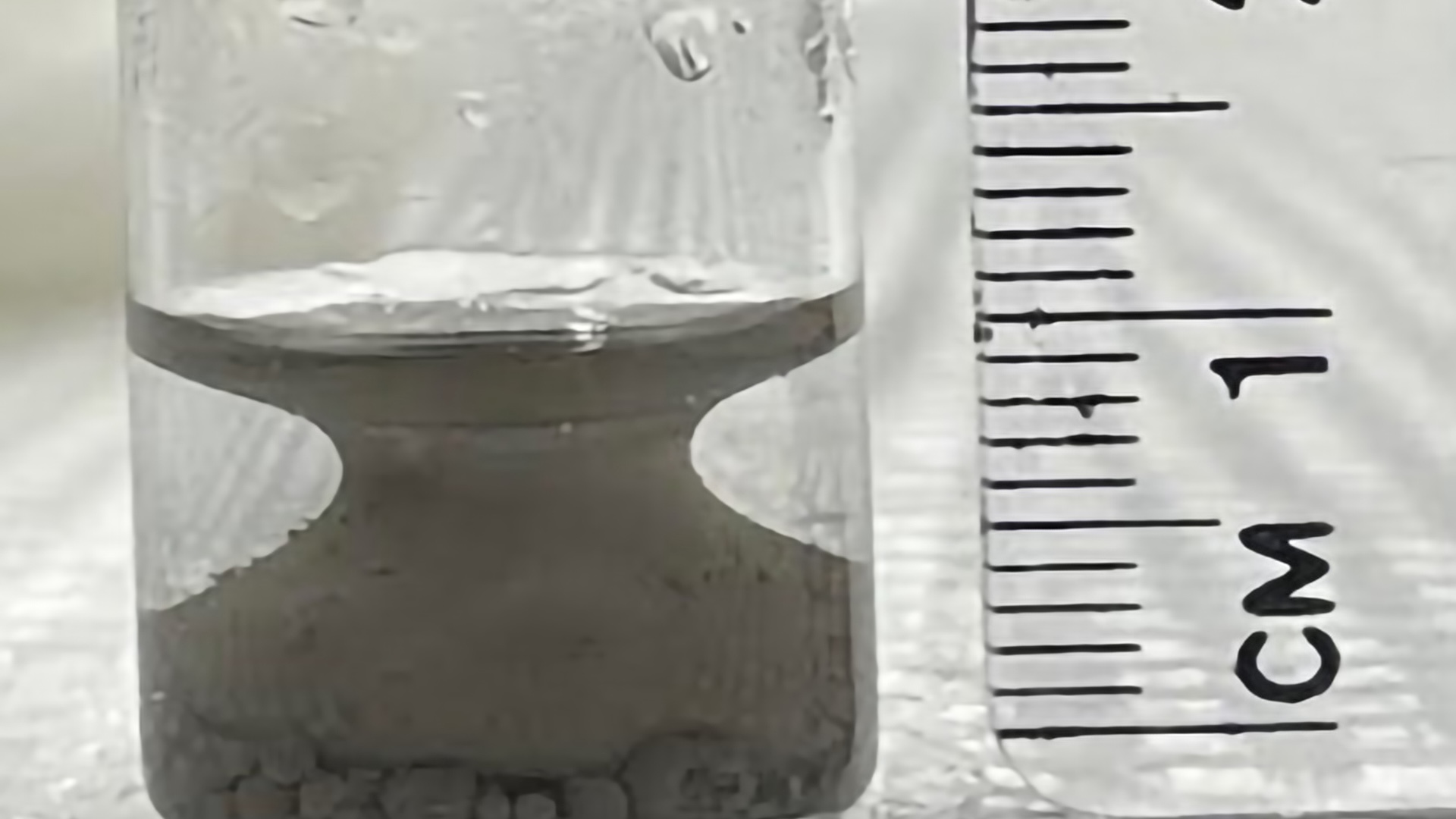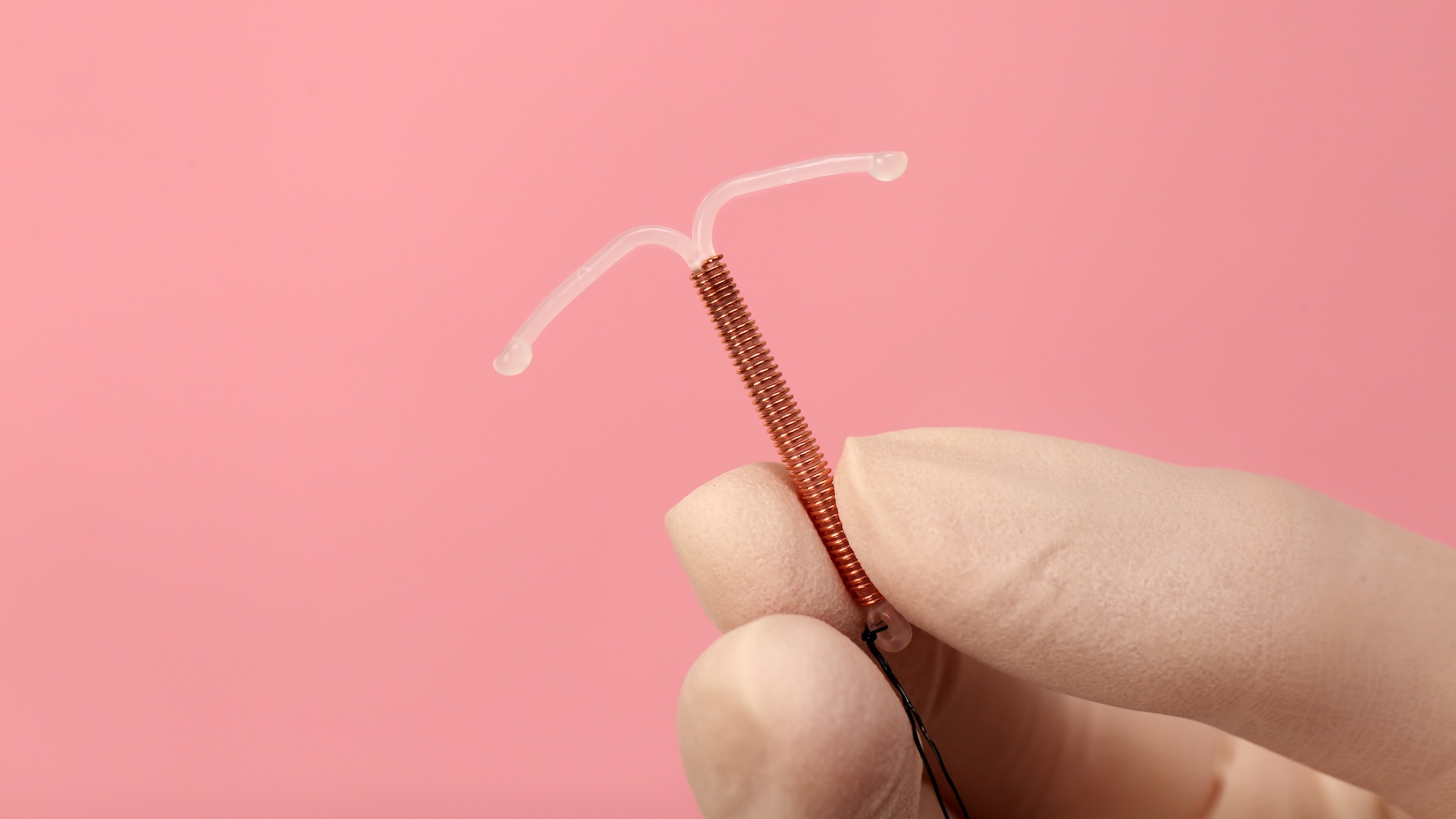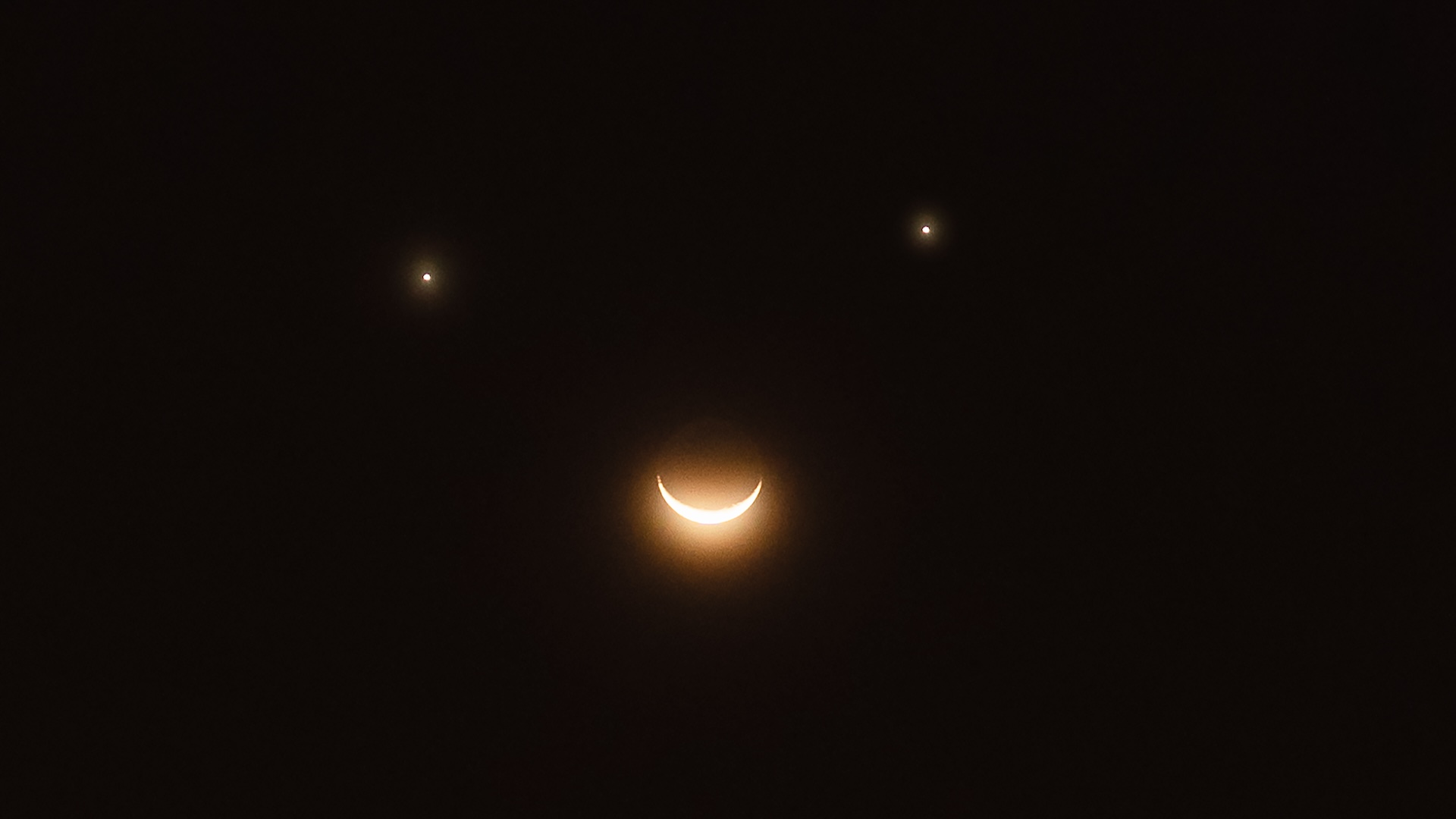'Fleeing vampire' haunted Jurassic oceans with glow-in-the-dark organs, fossil reveals
The newfound vampyromorph species was equipped with defensive features not previously seen in the fossil record — and it's related to modern-day vampire squid.
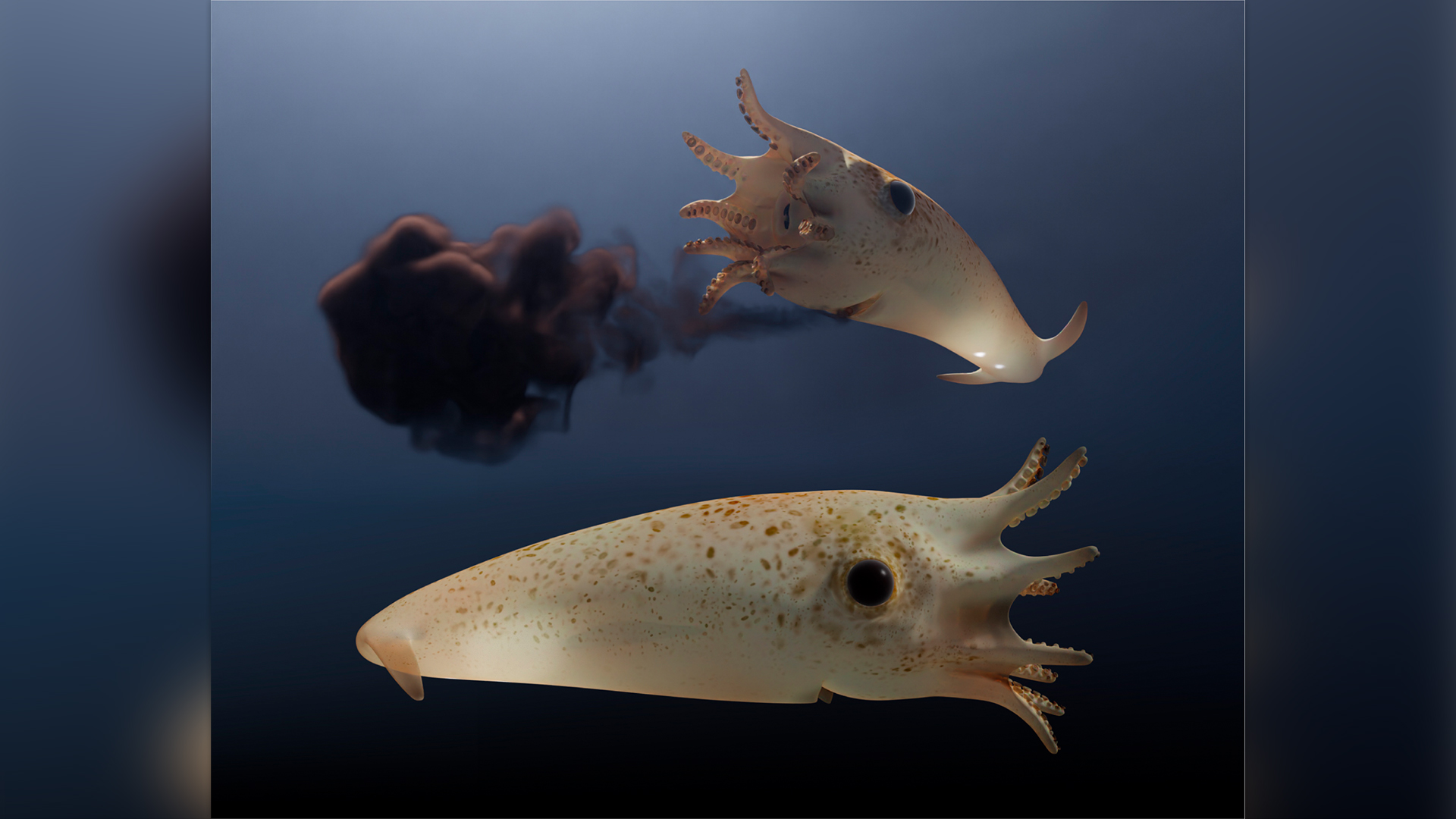
A bullet-shaped creature with luminous organs, eight arms and sucker attachments like a vampire squid haunted Earth's oceans 165 million years ago, a new study has found.
Researchers in France discovered the species while using modern imaging techniques to re-analyze previously discovered fossils belonging to vampyromorpha — a group of mostly extinct, octopus-like animals that includes the living deep-sea vampire squid (Vampyroteuthis infernalis).
Unlike vampire squid, which are actually scavengers, the newly identified ancient creature likely snatched live prey using its arms. It also possessed a unique combination of defensive features — including glow-in-the-dark organs — according to a study published June 22 in the journal Papers in Palaeontology.
The researchers named the 3.2-inch-long (8 cm) creature Vampyrofugiens atramentum. "Vampyrofugiens" combines the original Serbian word for vampire, "vampir," with the Latin for fleeing, "fugiens" — making this animal the fleeing vampire.
By comparing V. atramentum's anatomy with living species, the team inferred that it lived in the open ocean and likely ate fish, crustaceans and potentially smaller cephalopods, while it was likely prey to larger fish and larger cephalopods.
"It was both predator and prey," study lead author Alison Rowe, a doctoral candidate at the Palaeontology Research Center in Paris (CR2P), told Live Science. The CR2P lab is backed by Sorbonne University, the French National Centre for Scientific Research and the National Museum of Natural History in Paris, where the fossil is held.
Related: True to their name, vampire squid may have long lives
Sign up for the Live Science daily newsletter now
Get the world’s most fascinating discoveries delivered straight to your inbox.
The new discovery helps shed light on the evolution of all coleoid cephalopods, which include octopuses, squid and cuttlefish. While hundreds of coleoid species swim in the oceans today, it is difficult to learn about their evolutionary history because their soft bodies are rarely preserved in fossils.
V. atramentum came from the La Voulte-sur-Rhône Lagerstätte fossil site in southwest France, where the rapid replacement of soft tissues with iron-rich minerals preserves Jurassic coleoids in 3D.
Rowe and her team used high-resolution X-rays and computer modeling to look inside specimens without breaking them and study their internal organs in detail for the first time. "These are things that we could never have seen before and it really does give us a whole new insight into not just the morphology and the anatomy, but when innovations occurred," she said.
The researchers found that V. atramentum had several innovative features that separated it from known vampyromorphs, including spherical structures interpreted as luminous organs and an ink sac. It could have used the luminous organs to communicate by creating light signals in the dark ocean and also mimic natural light from the surface to hide from predators, and the ink sac likely helped it to escape those predators if detected.
The combination of bioluminescence and ink is present in some living animals, such as glass squid, but it has never been recorded in extinct coleoids. According to the study, the discovery of V. atramentum suggests the Middle Jurassic period (174 to 164 million years ago) had a greater diversity of cephalopods than previously thought.
"It's special because it's got a number of anatomical features that we've not seen to my knowledge in the fossil record," Rowe said.

Patrick Pester is the trending news writer at Live Science. His work has appeared on other science websites, such as BBC Science Focus and Scientific American. Patrick retrained as a journalist after spending his early career working in zoos and wildlife conservation. He was awarded the Master's Excellence Scholarship to study at Cardiff University where he completed a master's degree in international journalism. He also has a second master's degree in biodiversity, evolution and conservation in action from Middlesex University London. When he isn't writing news, Patrick investigates the sale of human remains.

